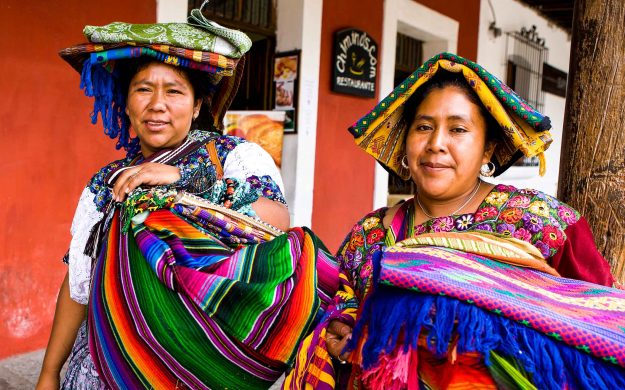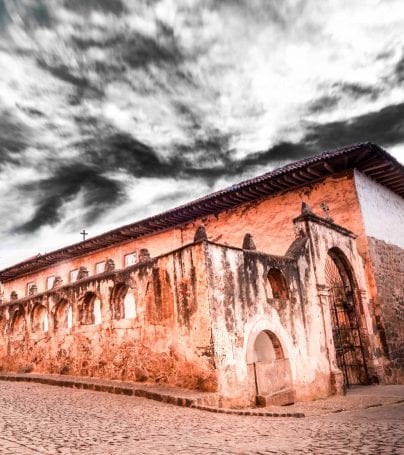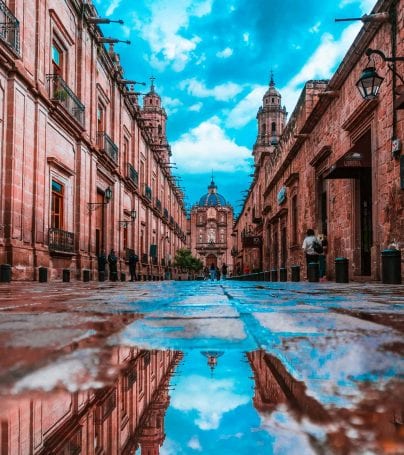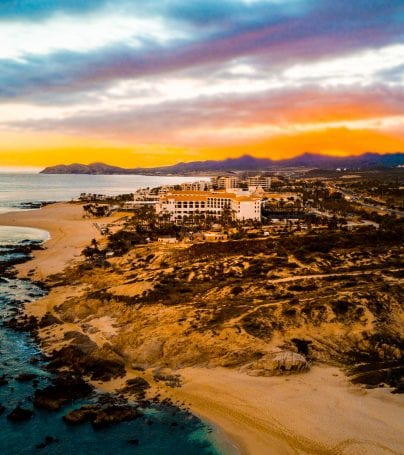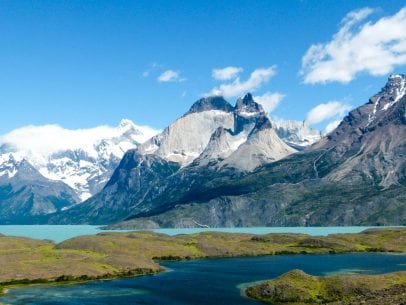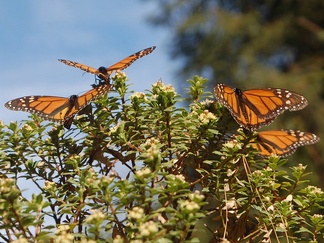Day of the Dead Adventure Tours
The Day of the Dead (Día de los Muertos, Día de los Difuntos or Día de Muertos in Spanish) is a holiday celebrated in many parts of the world, typically on November 1 (All Saints’ Day) and November 2 (All Souls’ Day). In Mexico, where the holiday has perhaps its highest prominence, the holiday has ancient Aztec and Mesoamerican roots, and is a national holiday. The Day of the Dead is also celebrated to a lesser extent in other Latin American countries; for example, it is a public holiday in Brazil, where many Brazilians celebrate it by visiting cemeteries and churches. The holiday is also observed in the Philippines. Observance of the holiday has spread to Mexican-American communities in the United States, where in some locations, the traditions are being extended. Similarly-themed celebrations also appear in some Asian and African cultures.
Though the subject matter may be considered morbid from the perspective of some other cultures, celebrants typically approach the Day of the Dead joyfully, and though it occurs at the same time as Halloween, All Saints’ Day, and All Souls Day, the traditional mood is much brighter with emphasis on celebrating and honoring the lives of the deceased, and celebrating the continuation of life; the belief is not that death is the end, but rather the beginning of a new stage in life.
Origins
The origins of the Day of the Dead celebrations in Mexico can be traced back to the indigenous peoples such as the Aztec, Maya, P’urhépecha, Nahua, and Totonac. Rituals celebrating the lives of ancestors have been observed by these civilizations perhaps for as long as 3000 years. In the pre-Hispanic era, it was common to keep skulls as trophies and display them during the rituals to symbolize death and rebirth.
The festival that became the modern Day of the Dead fell in the ninth month of the Aztec calendar, about the beginning of August, and was celebrated for an entire month. The festivities were dedicated to the goddess Mictecacihuatl, known as the “Lady of the Dead,” corresponding to the modern Catrina.
Beliefs and Customs
Some Mexicans feel that death is a solemn occasion, but with elements of celebration because the soul is passing into another life. Plans for the festival are made throughout the year, including gathering the goods to be offered to the dead. During the period of October 31 and November 2, families usually clean and decorate the graves. Most visit the cemeteries where their loved ones are buried and decorate their graves with ofrendas, or offerings, which often include orange marigold called “cempasuchil,” originally named cempaxochitl, Nahuatl for “twenty flowers,” in modern Mexican this name is often replaced with the term “Flor de Muerto,” Spanish for “Flower of the Dead”. These flowers are thought to attract souls of the dead to the offerings.
Toys are brought for dead children (los angelitos, or little angels), and bottles of tequila, mezcal, pulque, or atole for adults. Families will also offer trinkets or the deceased’s favorite candies on the grave. Ofrendas are also put in homes, usually with foods such as candied pumpkin, pan de muerto (“bread of the dead”), or sugar skulls and beverages such as atole. The ofrendas are left out in the homes as a welcoming gesture for the deceased. Some people believe the spirits of the dead eat the “spiritual essence” of the ofrenda food, so even though the celebrators eat the food after the festivity, they believe it lacks nutritional value. The pillows and blankets are left out so that the deceased can rest after their long journey. In some parts of Mexico, such as the towns of Mixquic, Pátzcuaro, and Janitzio, people spend all night beside the graves of their relatives.
Some families build altars or small shrines in their homes. These altars usually have the Christian cross, statues or pictures of the Blessed Virgin Mary, pictures of deceased relatives and other persons, and scores of candles. Traditionally, families spend some time around the altar praying and telling anecdotes about the deceased. In some locations, celebrants wear shells on their clothing so when they dance the dead will wake up because of the noise. Some will dress up as the deceased.
Public schools at all levels build altars with offerings, usually omitting the religious symbols. Government offices usually have at least a small altar, as this holiday is seen as important to the Mexican heritage.
Those with writing talent sometimes create “calaveras” – short poems mocking epitaphs of friends, sometimes with things they used to do in life. This custom originated in the 18th-19th century, after a newspaper published a poem narrating a dream of a cemetery in the future, “and all of us were dead,” proceeding to “read” the tombstones. Newspapers dedicate calaveras to public figures, with cartoons of skeletons in the style of José Guadalupe Posada. Theatrical presentations of Don Juan Tenorio by José Zorrilla (1817–1893) are also traditional on this day.
A common symbol of the holiday is the skull (colloquially called calavera), which celebrants represent in masks, called calacas (colloquial term for “skeleton”), and foods such as sugar skulls, which are inscribed with the name of the recipient on the forehead. Sugar skulls are gifts that can be given to both the living and the dead. Other holiday foods include pan de muerto, a sweet egg bread made in various shapes, from plain rounds to skulls and rabbits often decorated with white frosting to look like twisted bones.
The traditions and activities that take place in celebration of the Day of the Dead are not universal and often vary from town to town. For example, in the town of Pátzcuaro on the Lago de Pátzcuaro in Michoacán the tradition is very different if the deceased is a child rather than an adult. On November 1 of the year after a child’s death, the godparents set a table in the parents’ home with sweets, fruits, pan de muerto, a cross, a rosary (used to pray to the Virgin Mary), and candles. This is meant to celebrate the child’s life, in respect and appreciation for the parents. There is also dancing with colorful costumes, often with skull-shaped masks and devil masks in the plaza or garden of the town. At midnight on November 2, the people light candles and ride winged boats called mariposas (Spanish for “butterflies”) to Cuiseo, an island in the middle of the lake where there is a cemetery, to honor and celebrate the lives of the dead there.
In contrast, the town of Ocotepec, north of Cuernavaca in the State of Morelos opens its doors to visitors in exchange for “veladoras” (small wax candles) to show respect for the recently dead. In return, the visitors receive tamales and atole. This is only done by the owners of the house where somebody in the household has died in the previous year. Many people of the surrounding areas arrive early to eat for free and enjoy the elaborate altars set up to receive the visitors from Mictlán.
In some parts of the country, children in costumes roam the streets, asking passersby for a calaverita, a small gift of money; they don’t knock on people’s doors.
Customize Your Dream Adventure
We are here to help craft tailor-made adventures for individuals, couples, families, and groups of explorers.

